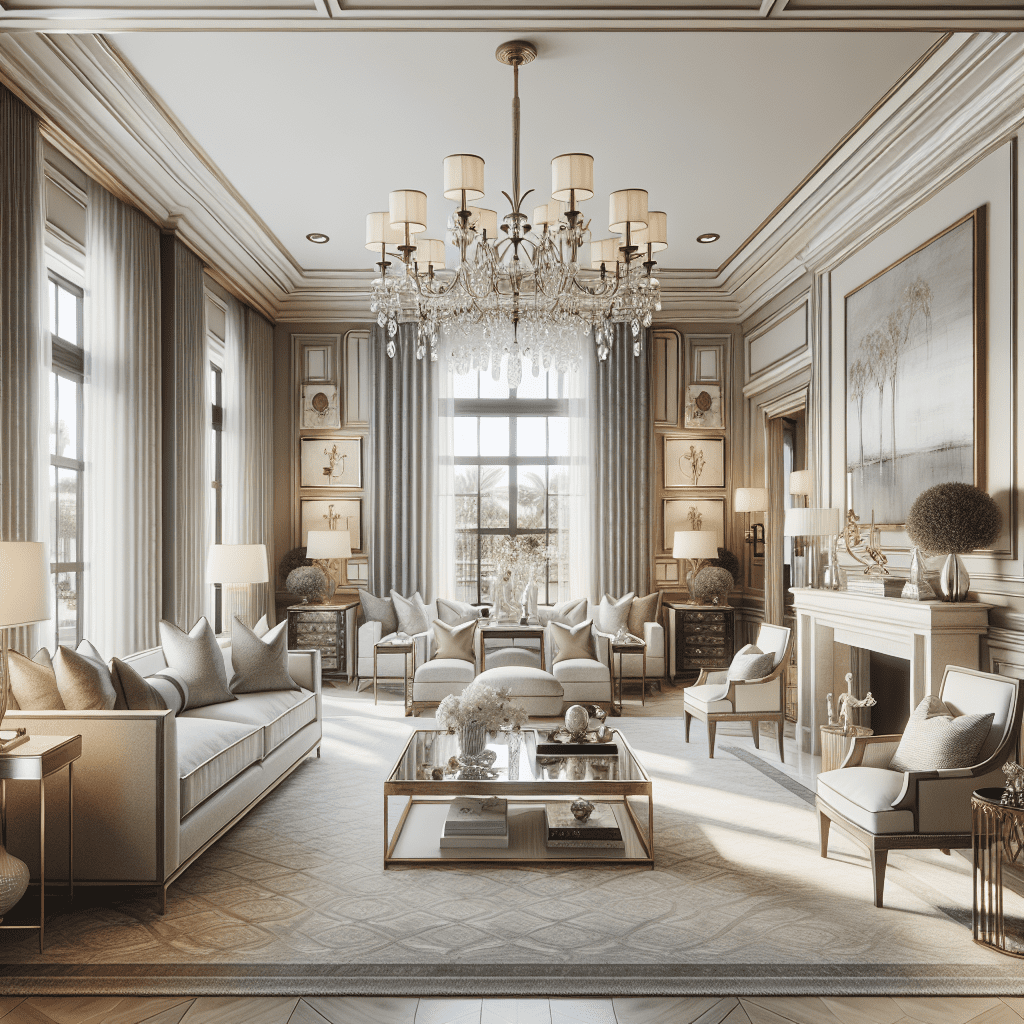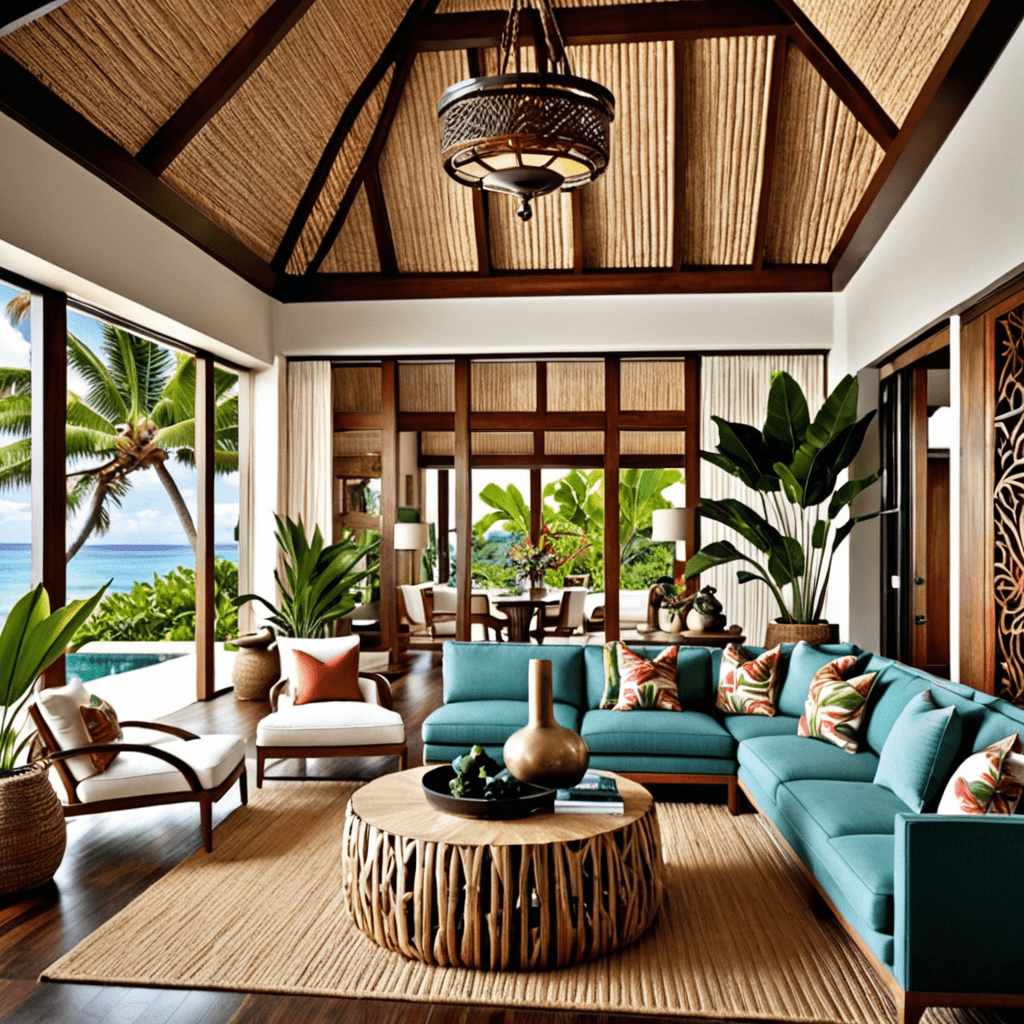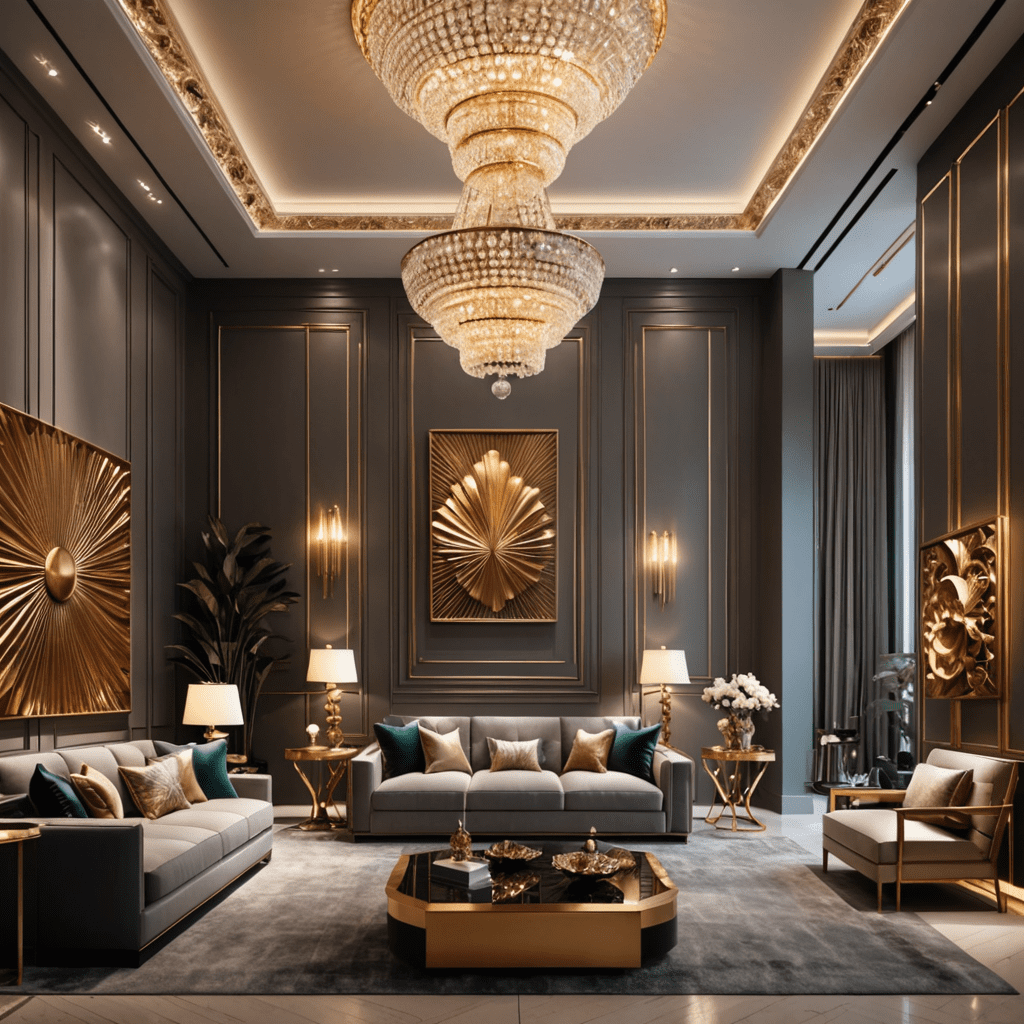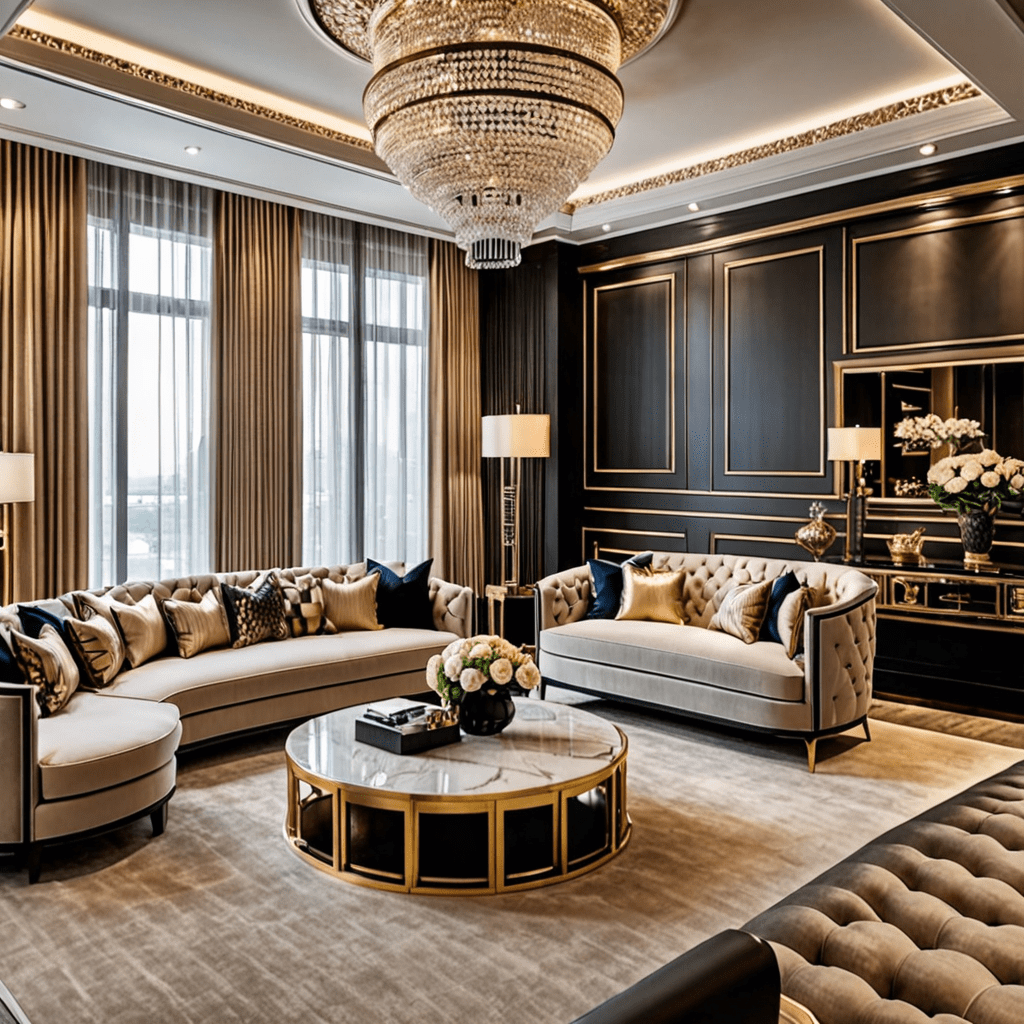Transitional Style Interiors: How to Create a Timeless Look


Transitional Style Interiors: How to Create a Timeless Look
Introduction
The realm of interior design is always evolving, shaped by the aesthetics of the past and the innovative trends of the present. Among these ever-changing styles, Transitional Style Interiors have emerged with quiet confidence, offering a harmonious blend of classic elegance and contemporary lines. This design approach holds the unique ability to traverse the delicate line between timeless tradition and modern simplicity, cultivating environments that are both comforting and sophisticated.
Understanding and embracing Transitional Style Interiors can transform your home into a versatile space that endures the test of time while providing a cozy backdrop for daily life. Let’s delve into the nuances of this sought-after style and uncover the secrets to achieving a truly transitional home.
Key Elements of Transitional Style Interiors
Transitional Style Interiors are quintessentially characterized by their neutrality and balance. Here are some fundamental elements to consider:
- Element 1: Subtle Color Palette
The transitional color palette leans towards soft, neutral hues which serve as a foundation for the room. Think ivory, taupe, beige, and light grays that create a serene and inviting ambiance. These colors have the unique ability to bridge the gap between traditional warmth and modern coolness. Element 2: Furniture with Clean Lines
Furniture in a transitional space often features straight lines mixed with rounded profiles. The aim is to strike a balance—avoiding the ornate and elaborate, yet also steering clear of the starkly minimalist. Look for pieces that offer comfort and elegance with simple, refined silhouettes.Element 3: Textural Elements
Texture plays a crucial role in adding depth and interest. In a color-muted room, elements such as woven fabrics, plush upholstery, wood grain, and metal finishes contribute to a layered, tactile experience.Element 4: Reflective Surfaces
Transitional interiors often incorporate reflective surfaces like glass, mirrors, and metallic finishes to add a touch of luxury and enhance the overall lightness of the space.Element 5: Minimalist Accessories
When accessorizing, less is more. Transitional style calls for a clutter-free environment where every piece has a purpose. Artwork, vases, and other decorative items are chosen for their ability to complement the space without overwhelming it.
Tips for Transitional Style Interiors
Selecting the Right Furniture Pieces
- Prioritize neutral upholstery and classic lines. Consider a sofa with clean, simple lines, or a timeless leather armchair.
- Subtip: When shopping for furniture, pay attention to scale. Oversized pieces can overwhelm a transitional room, so opt for sizes that suit the dimensions of your space.
- Incorporating Key Textiles
- Use throw pillows and rugs to introduce texture and subtle patterns while maintaining the neutral palette. Natural fibers like cotton, linen, and wool are excellent choices.
- Intelligent Lighting Solutions
- Layer your lighting with a mix of overhead, accent, and task lights. Clean-lined fixtures and understated lampshades can add both functionality and aesthetic appeal.
- Artwork and Decorative Items
- Choose simple yet impactful art pieces that speak to you personally. In transitional style interiors, artworks function as focal points, so select ones that resonate with the room’s overall harmony.
- Mixed Material Approach
- Don’t be afraid to mix materials like glass, wood, and metal. This interplay of different textures is key to the transitional style’s depth.
FAQ about Transitional Style Interiors
Question 1: How do I maintain a balance between traditional and modern elements in transitional design?
– Answer: Achieving a balanced transitional interior requires a thoughtful approach. Start with a modern base—think neutral walls and a straightforward furniture arrangement—then layer in traditional touches, such as an antique mirror or a classic chandelier. It’s this blend of old and new that defines the transitional style.
Question 2: Can I use bold colors in a transitional space?
– Answer: While transitional interiors typically feature a muted palette, that doesn’t mean you can’t incorporate bold colors. Use them strategically as accents, such as in artwork, throw pillows, or a single statement piece of furniture, to inject personality without sacrificing the room’s composed atmosphere.
Question 3: How do I keep a transitional interior from looking too cold or sterile?
– Answer: To ensure warmth in a transitional space, layer various textures and incorporate wood tones through furniture or architectural elements. Soft textiles, like area rugs and throws, also contribute to a cozy, lived-in feel.
Question 4: What types of window treatments are suitable for transitional style interiors?
– Answer: Transitional window treatments often fall into a middle ground—neither too fussy nor too bare. Consider options like simple draperies, roman shades, or plantation shutters that offer clean lines and functionality.
Question 5: Can transitional style work with an open floor plan?
– Answer: Absolutely! Transitional style suits open floor plans remarkably well as it thrives on openness and light. Maintain a consistent color scheme and carry key design elements throughout the different areas to create a cohesive transitional environment.
The transitional style is not just an intersection of past and present but a timeless canvas that allows personal taste and functional design to coexist. Embracing this style transcends trends, ensuring a space that remains relevant and inviting through the years. From the understated elegance of the furniture to the depth created by a thoughtful layering of textures, creating a transitional style interior is an artful journey towards achieving a balanced, serene, and adaptable living environment.




